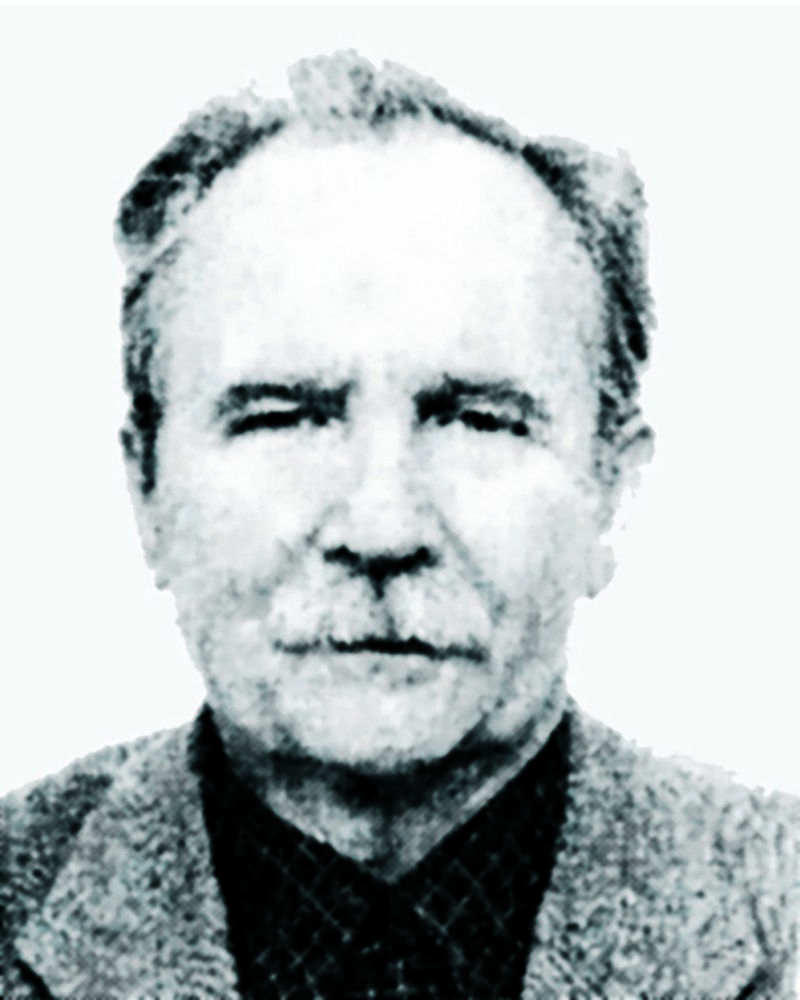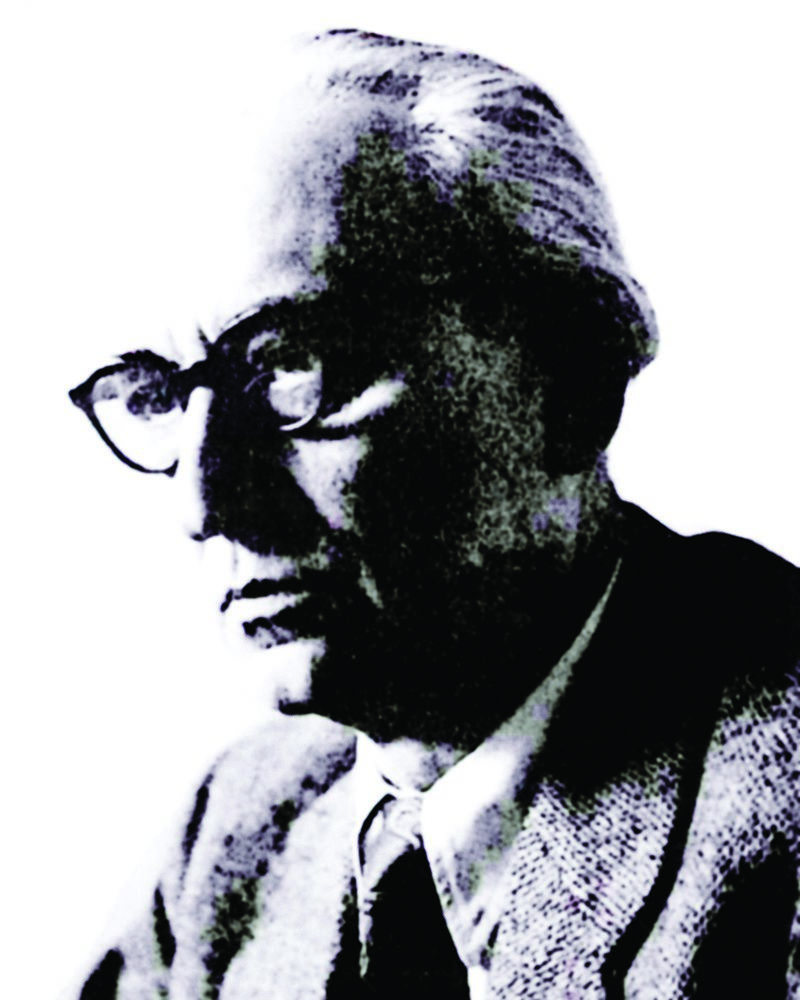The Institute of Architecture and Urban & Spatial Planning of Serbia (IAUS) was founded on December 7, 1954, based on a decision by Belgrade City Assembly: “This Decision authorizes the Faculty of Architecture at Belgrade University to establish an institute for architecture and urban and spatial planning as an independently funded institution called: The Institute of Architecture and Urban & Spatial Planning within the Faculty of Architecture, University of Belgrade”. The institute operated under this name with this status until 1961, when as a result of a ruling by the Executive Council of the National Assembly of the Republic of Serbia, it became independent, and later, in 1965, it was given the full name of The Institute of Architecture and Urban & Spatial Planning of Serbia.
It should be emphasized that over the last sixty-five years, the institute has developed primarily as a scientific research institution, which is the most important field of its activity. Parallel with its scientific work, the institute has also been involved with practical work, not only on urban and architectural projects, urban and spatial plans, studies and the provision of expertise, but also in the field of education and the popularization of scientific practice. Most of its work has been published in its own publications and presented at scientific symposiums it has organized, as well as at a large number of symposiums, congresses, seminars and round tables in Serbia and elsewhere in the world, and in national and international journals.
Based on the work of its employees and external associates, IAUS has received a respectable number of awards and recognitions from professional associations in its areas of work.
IAUS also plays its part by giving awards for the best master’s papers and doctoral dissertations in the fields of architecture and urban and spatial planning. The annual Milorad Macura award is given for papers in the field of architecture and urban planning and the Dimitrije Perišić award, also annual, is given for the best papers in the field of spatial planning.
The institute greatly supports the education of young people by engaging PhD students and young researchers with scholarships from the Ministry of Education, Science and Technological Development of the Republic of Serbia in its projects. In this way, it creates a skilled professional base of researchers and experts from its own ranks.
The institute has gone through various stages of development, depending on the social circumstances and state of the economy, factors which also affect planning and construction. The number of employees has varied, from an initial 5-6 experts to over 70, settling at 35-40 employees over the last decade or so. Regardless of which jobs have been current at a given time, the institute has never moved away from its core activities and has always developed, keeping pace with current trends in the fields it is engaged in and for which it was established.
So far, the institute has employed a total of about 250 workers. Considering the multidisciplinary approach typical for its activities, the institute collaborates with other related institutions: faculties, institutes, architectural and engineering companies, and professional associations, as well as with individual experts in specific fields. In particular, multidisciplinary teams have worked on scientific projects, spatial plans and major urban and architectural projects. Such practices have provided a flow of knowledge and ideas and enabled IAUS to be recognized by a broad professional and scientific public. For this reason, many of our employed researchers are involved in teaching at related faculties, and are mentors and members of different boards for acquiring scientific and professorial titles, as well as being on various city and republic committees and bodies related to the institute’s work.
A number of extraordinary creators have worked at the institute or for its purposes, some of whom have later become academics at SANU (Serbian Academy of Sciences and Arts): Aleksandar Deroko, Nikola Dobrović, Branislav Kojić, Ivan Antić, Djordje Zloković and Milan Lojanica. Special mention should be given to architect Milorad Macura, who was the first director of the independent institute and who, in addition to having a brilliant design career, initiated and laid the foundations for the integrated study of space as a new field in itself ‒ spaciology. Furthermore, it is also important to mention the permanent external associate Dimitrija Perišić, who has for a long time been president of the IAUS Scientific Council, and is one of the founders of the Department of Spatial Planning at Belgrade University, at the Faculty of Geography.
















